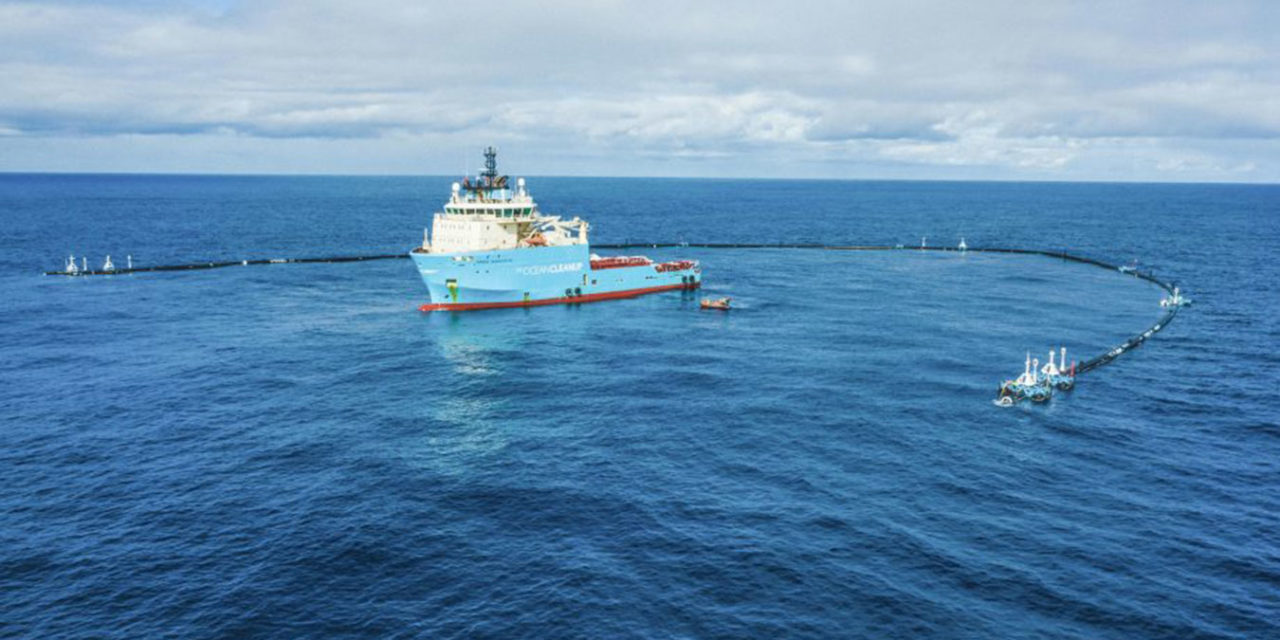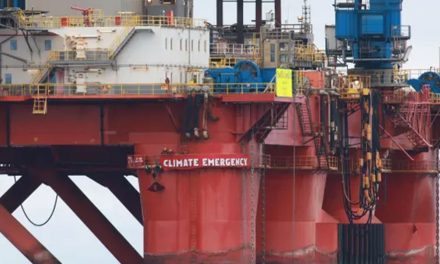A huge ocean clean up device has successfully collected plastic from the Great Pacific Garbage Patch between Hawaii and California for the first time, leading to hopes that the vast amount of rubbish in the oceans can be removed.
The so-called Great Pacific Garbage Patch is a gigantic island of rubbish – three times the size of France – floating on the surface of the Pacific Ocean. Also known as the Pacific trash vortex, it is a gyre of marine debris in the northern Pacific which is formed of heavy concentrations of Plastic, microplastic, wood pulp and chemical sludge.
This is the largest accumulation of plastic in the world’s seas and oceans. It is kept roughly in place by a gyre or whirlpool of ocean currents, which means it at least is possible to locate and remove the plastic.
It is estimated that around eight million tonnes of plastic waste flows into the ocean from beaches and ports while a further 800,000 tonnes of fishing gear is abandoned at sea every year. Overall it is estimated that 1.8 trillion tonnes of plastic have collected in the Pacific.
Now a team of Dutch scientists led by Boyan Slat have formed the Ocean Cleanup Project and have designed and built a 600-meter-long free-floating boom that captures and retains floating plastic debris. After a few teething troubles, the boom has started collecting plastic debris successfully.
The boom is not only capable of collecting large pieces of plastic like fishing nets and bottles but can also manage microplastics.
The 600-metre boom, known as System 001/B, has a three-metre-deep screen beneath it, which is capable of trapping millions of tonnes of plastic waste while allowing marine life to swim beneath it.
Previous Trials Were Unsuccessful
A previous four-month trial was not successful, and the huge boom broke apart. However, important changes were made to its design including adding a parachute anchor, which slows down the boom’s speed in the ocean and allows faster-moving debris to float into it.
Another problem was with plastic overtopping the boom, which was solved by increasing the cork line of the device, which allows the system to capture and concentrate the plastic more effectively.
The latest trial with the design modifications began in June. Now, this trial has been carried out successfully, it is hoped the boom will be able to clean up half of the rubbish in the Pacific trash vortex.
“Our ocean cleanup system is now finally catching plastic, from one-ton ghost nets to tiny microplastics,” wrote Boyan Slat.
“After beginning this journey seven years ago, this first year of testing in the unforgivable environment of the high seas strongly indicates that our vision is attainable and that the beginning of our mission to rid the ocean of plastic garbage, which has accumulated for decades, is within our sights,” he added.
What is unusual about the boom system is that it uses the natural forces of ocean currents to passively collect plastic rubbish and therefore solve the vast expense of using a trawler to collect the garbage.
The boom is also fitted with sensors and transmitters, which communicate its position by satellites so that vessels can come and collect the accumulated rubbish every few months and take it back to land for recycling.
In order to maximize what the boom can do, the Dutch team plan to scale up the device so it can retain plastic for up to a year before ships are sent to collect it. By 2025 they hope to have reduced the Great Pacific Garbage Patch to half its size.
Main picture from Ocean Cleanup.com
- Why is California So at Risk from Wildfires? - 13th November 2019
- Carbon Offsetting is Growing but Does it Make a Difference? - 11th November 2019
- Three Confirmed Dead as Australia Prepares for “Catastrophic” Bushfires - 11th November 2019






